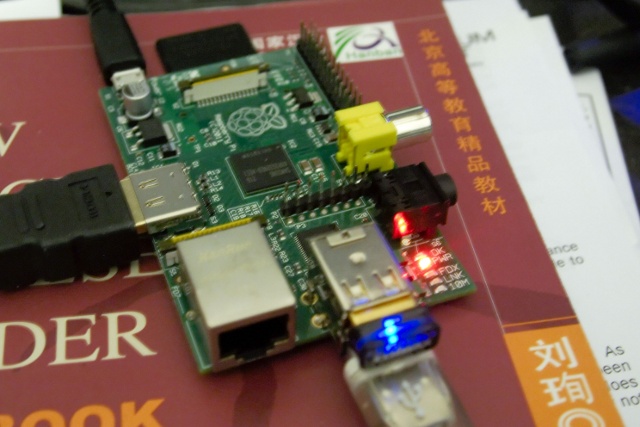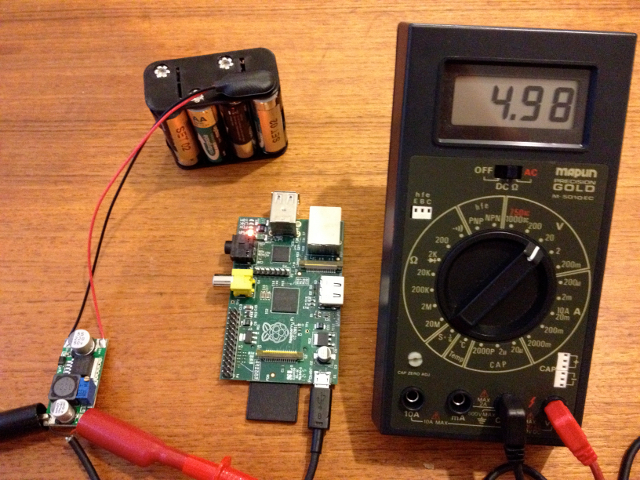While roaming around the web today I came across this
link indicating that a
“giant celebrity robot from the 1950s” would be sold at auction on 5th
September.
The Christies press release had this say:
One of the most extraordinary items in the sale is Cygan, a giant robot made
in 1957. Created in the year that Sputnik, the world’s first satellite was
launched into space and the same year Britain tested the H-bomb, Cygan
epitomises this new era of technological innovation. The eight-foot giant is a
monumental relic of the atomic age and was a great celebrity of the 1950s and
60s. This remarkable item will be offered with an estimate of 6,000 8,000. The
impressive cyborg is one of the most sophisticated robots of its time, pre-
dating PCs by over a decade and the internet by over 33 years. Designed by Dr
Ing Fiorito, an enthusiastic aeromodeller from Turin, Cygan could originally
walk forwards or backwards, turn right or left, raise its arms and could lift
or carry items. It was an extremely advanced model for the time, with a
capacity to accept spoken commands and signals and respond to light rays. Not
only could it raise its arms from a resting position in just three seconds,
but it could shift its enormous weight of 1,000 lbs at a staggering rate of 10
feet per minute. Cygan was first presented at the Milan sample fair in 1957
and then travelled to London, Olympia in 1958 to perform in front of
astonished crowds. The colossal robot captivated children and adults alike,
walking around the auditorium and even showing off its dance moves with a
well-dressed lady. It would have been an extraordinary experience to witness
the workings of such an advanced robot and Dr. Ing Fiorito was most likely
considered an innovator of the time. Before completing Cygan, he worked on a
series of models, which he fitted with radio control circuits. The first
prototype and following two or three models were built around five feet high,
in preparation for the impressive final design, over eight feet high.
Intrigued, I googled some more about found this
page. It was somewhat sad to
see the photos from the 1970s with the robot outside rusting away, but
something told me that I’d seen that robot before and the aircraft in the
background made me think of a trip to Southend Historic Aircraft museum when I
was still at school. A further search indicated that this
photo
was indeed taken at that museum.
This is what I remember: In the late 1970s I went for a visit to the Southend
Historic Aircraft museum
with my best friend from Churchfields junior school and his mother. I remember
that the museum was closed when we got there and my friend’s mother was angry
about this as the information in the guidebook she had said it would be open.
Although the museum was closed we wandered around the outisde for a while. One
of the things outside and uncovered was this robot (Cygan). I remember it
being in quite a poor state and being able to see inside it. The photos don’t
show a placque next to the robot, but I’m sure I remember one being there and
I’m sure something said it was called “Mr Robot-ham”, so the placque if it
existed may have been wrong.
Apparently the Southend Historic Aircraft
museum was closed in 1983
and the exhibits put up for auction. This explains why Cygan was shown as for
sale in a couple of photos in the cybernetic zoo
article. There is no
information as to how Cygan ended up at the aircraft museum.
Anyway, one minor mystery has been solved: I now know that the robot I saw
over thirty years ago is called Cygan and was famous in its day. I wonder how
on earth it ended up at an aircraft museum.





